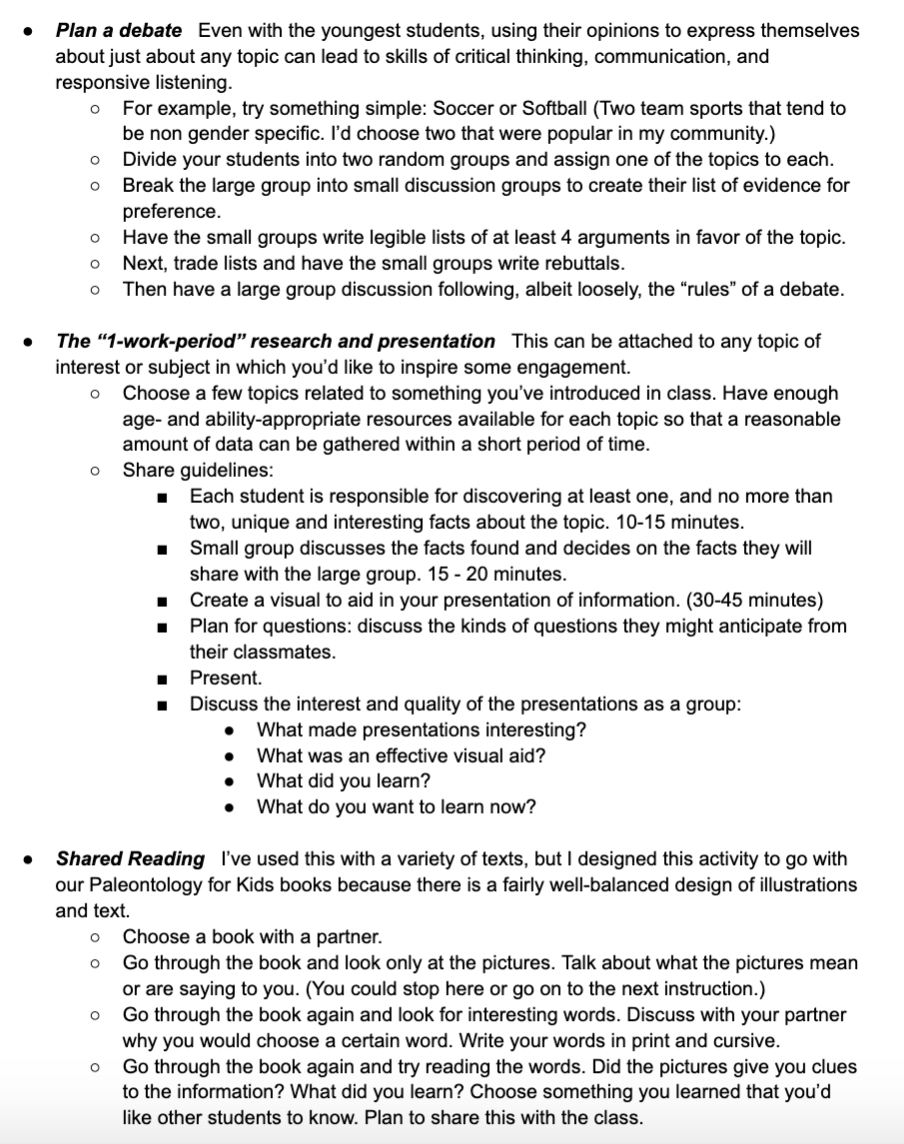Their Real Work is …Talking?
There’s a lot of frustration in the Montessori community. By this time of year, experienced guides expect their classrooms to be buzzing with focused excitement. Typically, you'd find even the youngest students choosing work and finding interest in the prepared activities on the shelves.
But this year is different. And Montessori teachers around the globe are resorting to teacher-imposed silent time, assigned seats and independent work choices, and often without any real change in student behavior.
What about a different approach; one that worked with the incessant chatter instead of trying to stop it? What about freedom, even encouragement, to talk?

Why would I do THAT?
Most importantly, because talking may be the exact “work” the children need to be doing. Among the items on a list of appropriate responses to traumatic experiences is...drum roll...talking! (I attached the full list along with some suggestions for application in class situations as a little Freebie!)
But mindless, unbridled talking all day would not be an acceptable exercise of freedom, so I have a couple of suggestions to get your students focused on talking with a purpose.

These three activities give students permission and guidance in talking. The activity of talking will soothe them and the work will refocus their attention to something less anxiety producing.
Once you’ve had some success with these strategies, I’d encourage you to have small sharing circles in which students can reflect on how they are feeling in their bodies. You can begin to teach calming activities and brain breaks as a way of making your students aware that they can actually take care of the heightened feelings in their bodies.
You can also plan a free drawing time. We did this at the very beginning of every day, providing a sketchbook and drawing pencils. Students could return to their drawing any time during the day, but they were encouraged to start every day with drawing. It was a calming way to begin and to ease into the activity of the day.
Don't forget to try some of these suggestions yourself, perhaps with a group of staff. Find a book that everyone would be interested in. (I’ve got a few by my bedside, but your staff might be particularly interested in What Happened to Your? by Dr. Bruce Perry and Oprah Winfrey. It’s easy to understand, conversational, and filled with hope!
Did you know there’s a thing called compassion fatigue? We teachers are certainly feeling it and these strategies will help you, too! You can bring about support for yourself and your adult colleagues as you come together to face this period of adjustment to the collective trauma we’ve all experienced. Rest and rejuvenate...make it a daily priority that you share with your children!